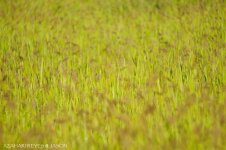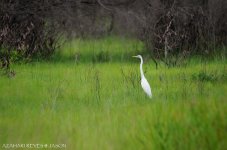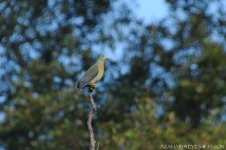Jason Bugay Reyes
Well-known member

Hio all,
I took this picture without realizing the "Swirl Bokeh" until pointed out by friend when I uploaded it to my Facebook page.
Is it a good or bad sign of my scope ? :h?:
Digiscoped with Nikon Fieldscope EDG85 via FSA-L2 adapter on Nikon D300s

By the way, I did a star test early this morning and found out the scope has convincing good rings when infocus and defocus. I didn't take any pictures but I will try it again soon so the experts here could determined if my scope is good or not
Thanks :king:
I took this picture without realizing the "Swirl Bokeh" until pointed out by friend when I uploaded it to my Facebook page.
Is it a good or bad sign of my scope ? :h?:
Digiscoped with Nikon Fieldscope EDG85 via FSA-L2 adapter on Nikon D300s

By the way, I did a star test early this morning and found out the scope has convincing good rings when infocus and defocus. I didn't take any pictures but I will try it again soon so the experts here could determined if my scope is good or not
Thanks :king:






